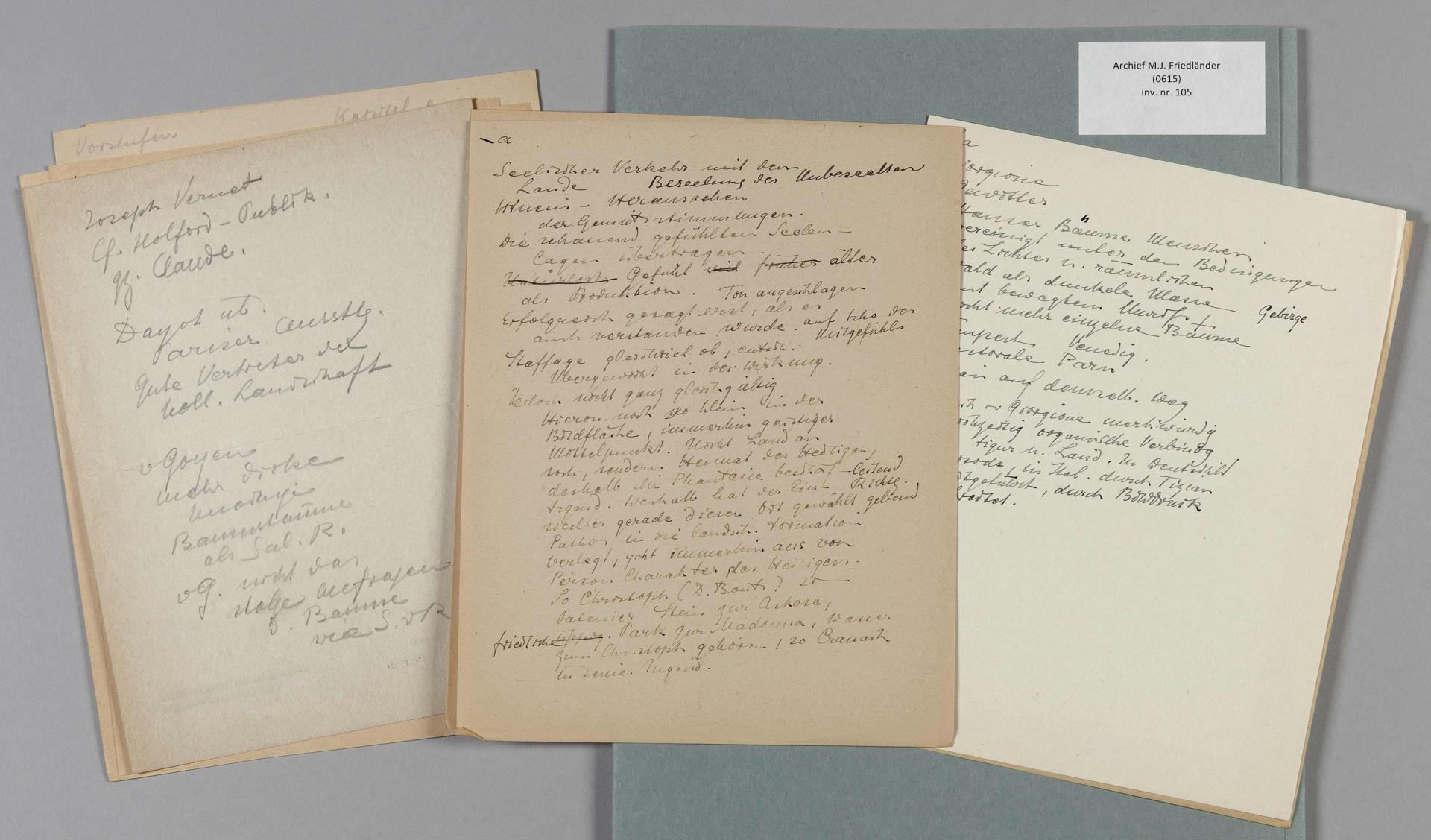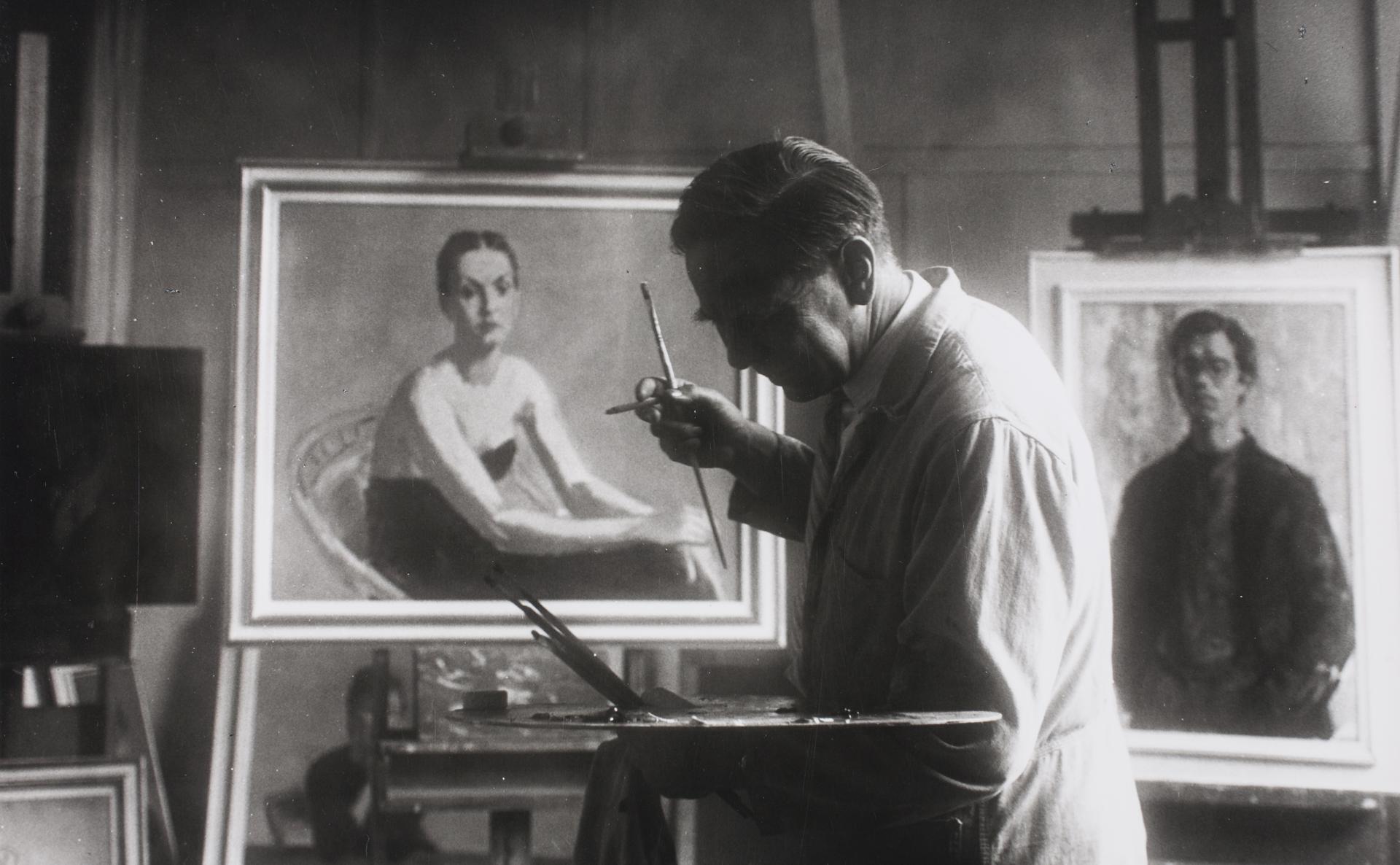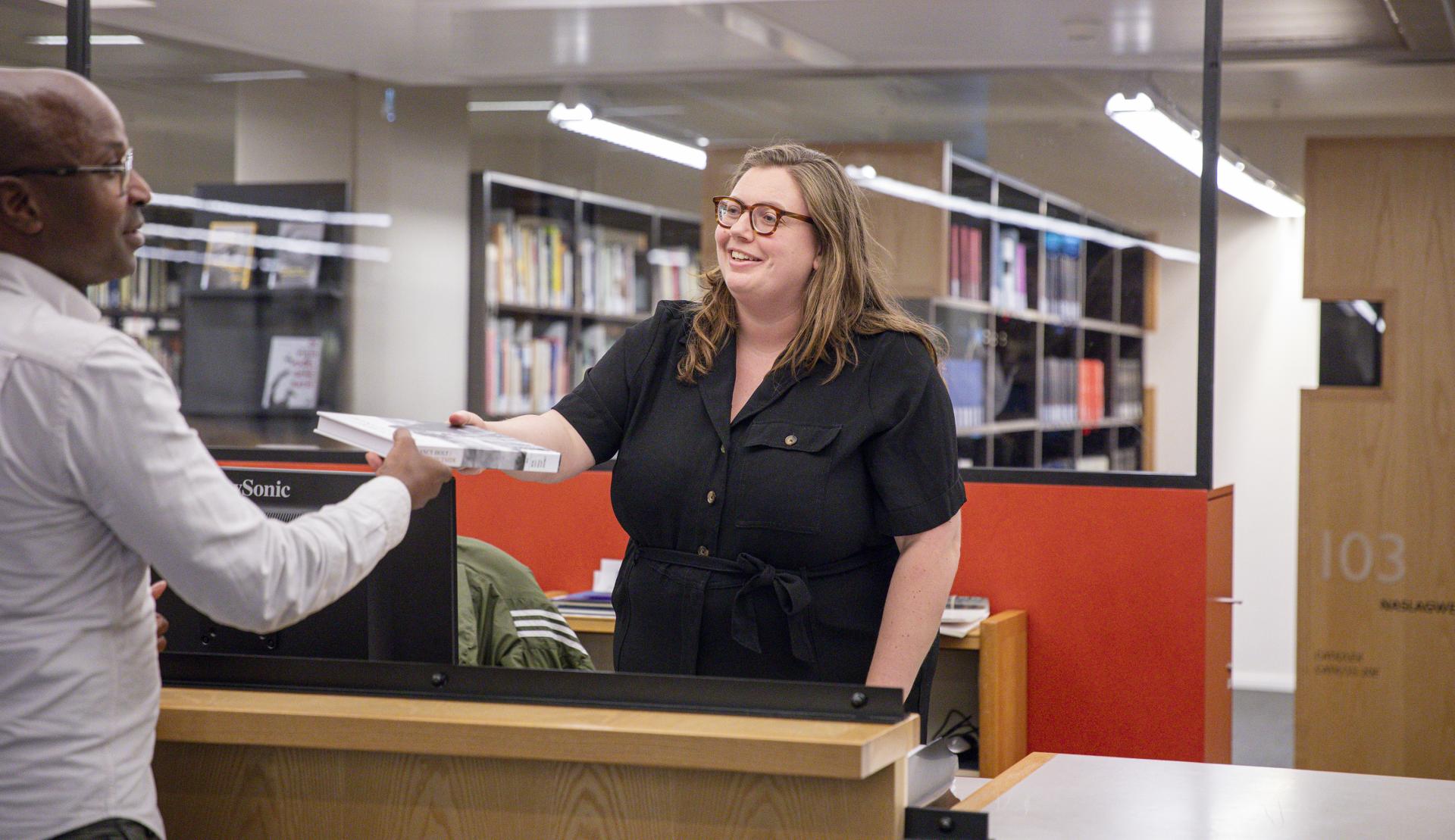
Dive into the unique collections for your art historal research
The RKD — Netherlands Institute for Art History houses a wealth of material and information about the visual arts from the Low Countries
The RKD is home to 2.5 kilometres of archive material
A total of more than 900 archives of artists, artists' associations, art historians and other art-related individuals and firms
Search through millions of images of artworks
See also the collection portrait iconography, a wealth of topographical material, and the many wonderful historical photographs in our archives
The largest art historical library of the Netherlands
The RKD houses the world's most important library relating to the visual arts of the Low Countries in an international context, from the late Middle Ages to the present
ARCHIVES
Acquisitions
Every year, the archive collection grows by dozens of acquisitions, both donations and purchases. The library is complimented weekly with recent titles
Archive of correspondence by Sanne Bruinier

Aad in 't Veld Archive

Jo Zwartendijk Archive

Recent news about our collection
In search of innovation: archive of Hetty Huisman
Recently the RKD acquired the archive of artist Hetty Huisman (1941-2017).

Anna Rademakers new Head of Collections RKD



